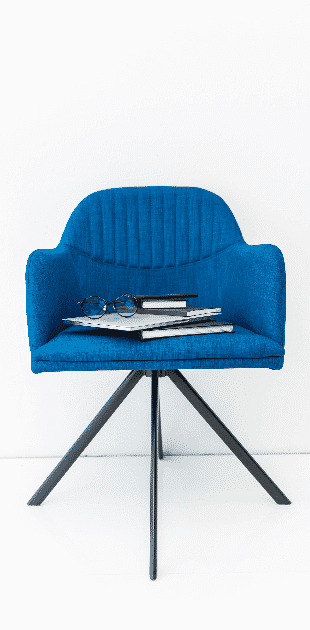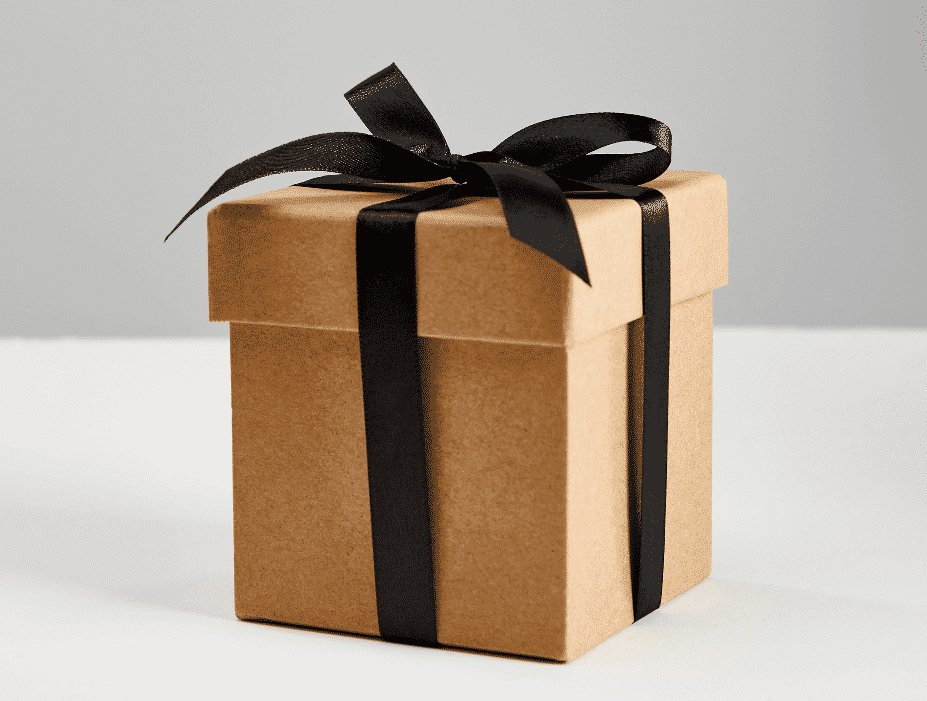What is chapter 13 bankruptcy?
How Chapter 13 Bankruptcy Can Help Financial Problems

Don't see the answer to your question?
We offer a Free Consultation
Contact Us
Chapter 13 Bankruptcy can help consumer debtors with financial problems because it gives these clients an opportunity to reorganize debts.
Chapter 13 Bankruptcy is also known as a “wage earners” or “reorganization” bankruptcy. This is because Chapter 13 clients will pay back some or all of their debts and will only liquidate if contemplated by the plan and allowed by the Court. Chapter 13 is the main type of consumer reorganization bankruptcy used. Chapter 11 can be used as a consumer reorganization bankruptcy, but typically, Chapter 11 is only selected as a consumer reorganization if a client does not meet the qualifications for a Chapter 12 or Chapter 13. Chapter 12 Bankruptcy is a consumer reorganization bankruptcy for family farmers or family fisherman.
Need to Know More?
Have more questions about chapter 13 bankruptcy?

Three Quick Chapter 13 FAQ
At Price and Price, we know bankruptcy is complex and that you are looking for guidance. We hope we’ve been helpful via our website; however, no website can replace a bankruptcy attorney.
Contact us for your Free Consultation.
What is a chapter 13 plan?
A chapter 13 plan is your plan of reorganization. In a sense, once your plan is confirmed, your chapter 13 plan is your new contract with your creditors. It is a publicly filed document that shows which debts will be paid, which debts will be surrendered, which contracts will be accepted or rejected and whether you plan to pay your unsecured creditors. Outside of chapter 13, if you do not pay your creditors per the agreement, your creditors can take recourse against you in the manner prescribed by that agreement and the law. In bankruptcy, if you do not pay your creditors per the terms of the confimred plan, your creditors must file documents in bankruptcy court and the bankruptcy judge resolves disputes.
What will my chapter 13 plan payment include?
The chapter 13 plan will include payments to secured creditors the debtor would like to keep, such as mortgage payments and car payments; payments to required creditors such as child support, the IRS, attorneys’ fees, trustee fees and any additional payments which may be needed to the unsecured creditors’ pool. Secured arrearages and priority debts can be spread out over the life of the plan, which is 36 to 60 months. Many clients do not pay an unsecured creditors pool because their budget does not allow for the extra expense, they have not received a windfall of money during the case or they do not have non-exempt assets. In the event unsecured creditors are paid, they will not be paid until other creditors are paid in full.
What if my circumstances change?
If your circumstances change during your chapter 13 bankruptcy, you may be able to modify your chapter 13 plan. If you have missed chapter 13 plan payments, the modification may allow you to catch up the missed plan payments. If your income has been reduced, a chapter 13 plan modification can reduce distributions to the unsecured creditors’ pool, which can reduce your plan payments. In some cases, clients can convert to a chapter 7. Converting to a chapter 7 bankruptcy may be useful in situations where your secured debts have been resolved (for instance, you receive a mortgage loan modification) or paying a plan payment is no longer feasible or desirable (for instance, you decide to move away from your house).
eBooks and Slideshows
Contact us for your free consultation
Phone
Phone: 214-696-9601



